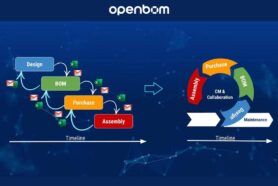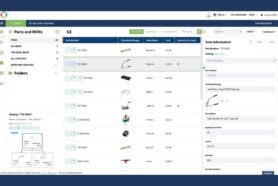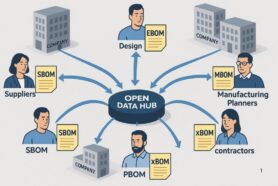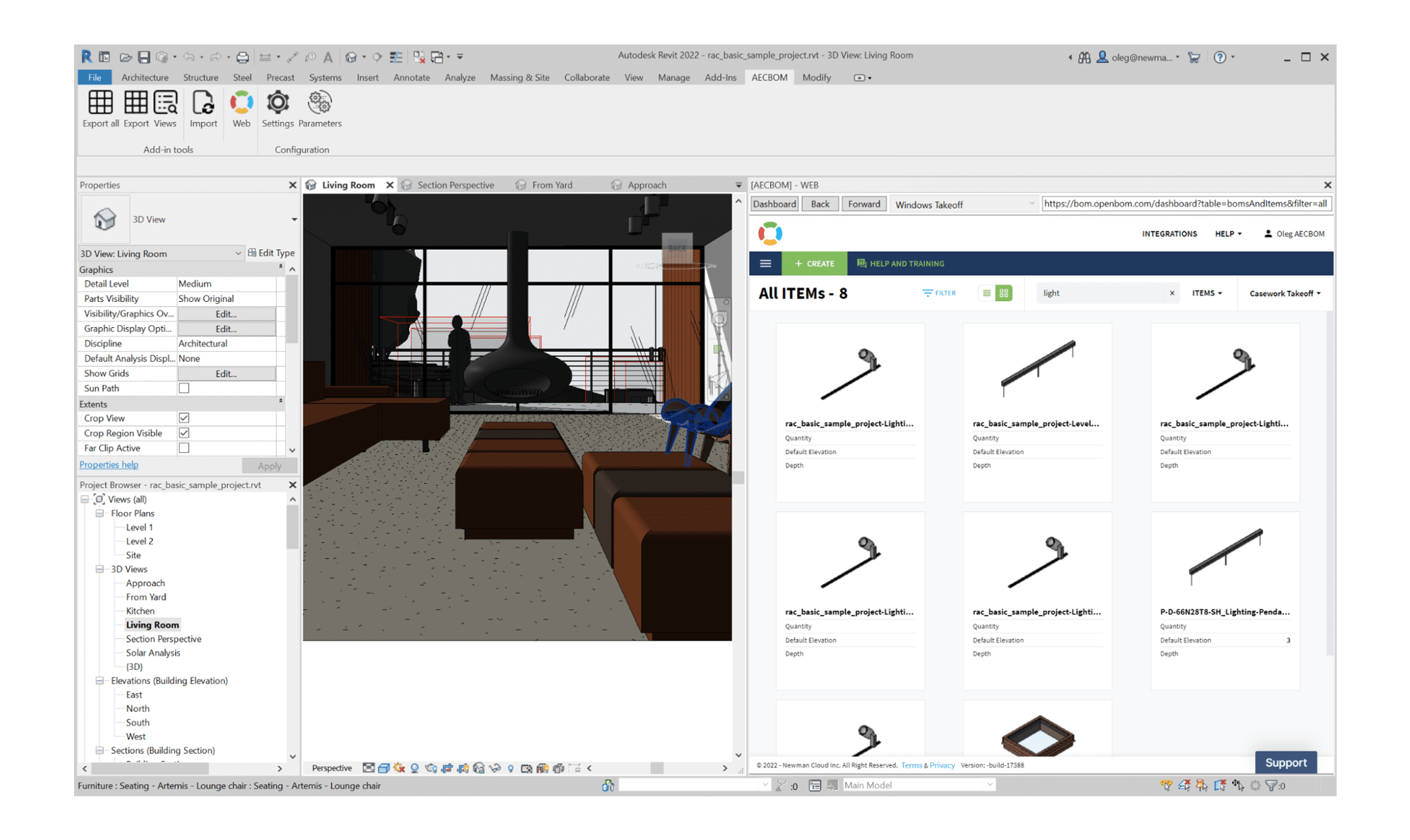
When it comes to engineering work and data management, UX and UI are two very important elements to simplify engineering work, data capturing, and improving productivity. Integration of data management functions into the CAD environment can boost adoption and make data flow seamlessly during the design process. That was one of the reasons we started to invest in CAD integrations early in OpenBOM development.
Earlier this week, I published an article speaking about the integrated user experience in OpenBOM cloud CAD integrations and the upcoming integrated UI into OpenBOM desktop integrations.
Today, I want to speak about how integrated user experience is combined with a seamless data flow and custom-tailored controls that can help to improve data navigation and make it task-specific and purpose-driven. I will show it by previewing new functionality coming in AECBOM – Autodesk Revit OpenBOM Add-in
OpenBOM For Autodesk Revit – Integrated User Interface
New enhancements for OpenBOM Add-in for Autodesk Revit will bring an integrated browser panel capable of performing navigation and seamless data browsing for the data captured from Autodesk Revit Project. All you need to do is click on a new “Browser” command and data captured from Autodesk Revit will show up in the browser embedded on the right side.
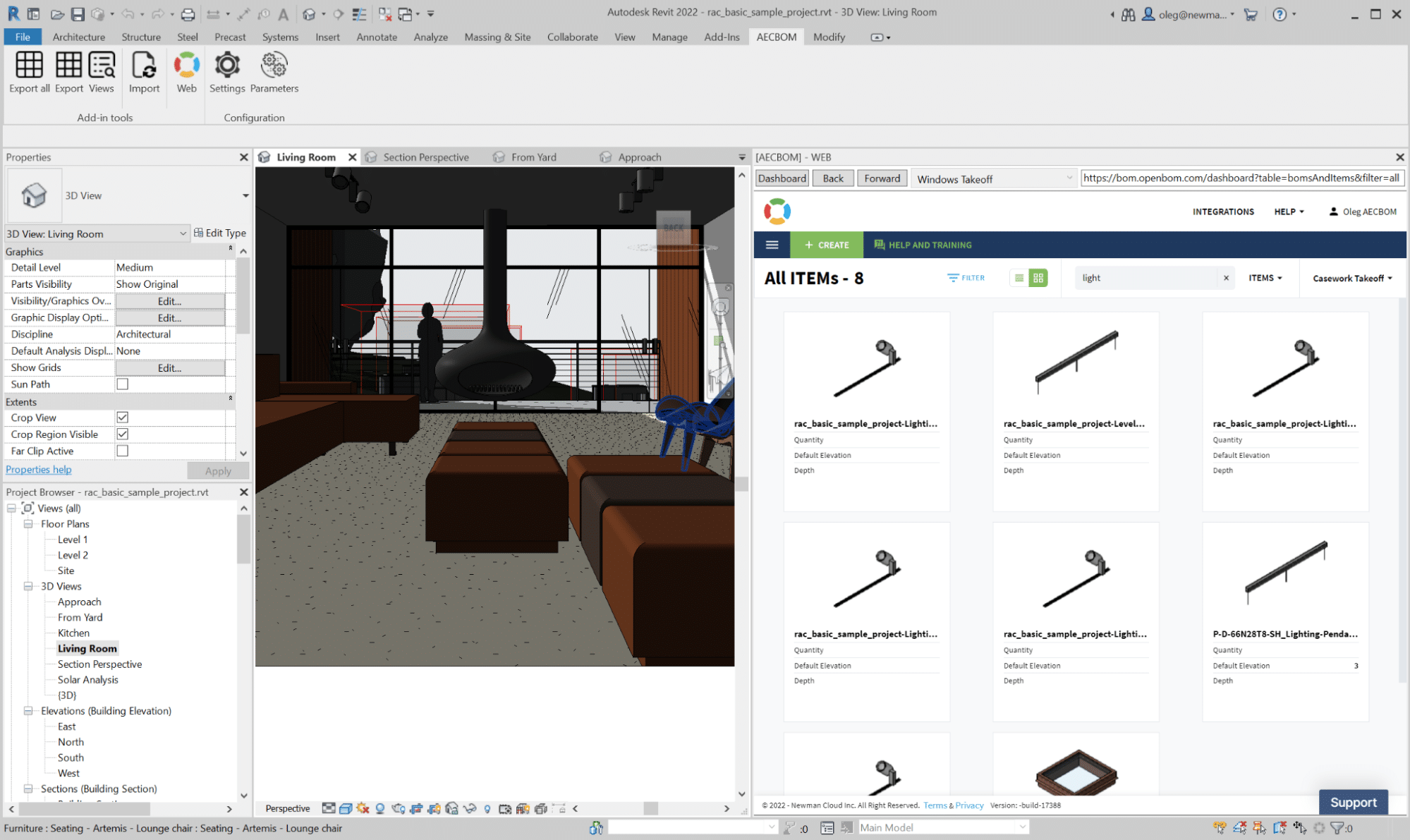
Having an embedded user experience helps engineers and architects see the data in context and perform simultaneous design and data exploration tasks. Performance and efficiency are the first priority. Bi-directional data exchange between OpenBOM and Revit allows performing data editing easier and syncing data back from OpenBOM to Revit.
Automatically Configured Views and Take-offs
However, having an embedded browser is only a starting point. New enhancements are bringing new capabilities of seamless task-oriented views automatically which are generated in OpenBOM based on the data located in Revit projects.
The first scope of automation is “take-offs”. OpenBOM for Revit automatically generates takeoff user-defined views that can be used to show a specific takeoff tailored to a specific data object. Each of these takeoffs is generated with a specific set of parameters and accessible via a specific task-driven user interface tailored for the Revit add-in.
In the screenshot below you can see the list of takeoff views available for these specific projects. Navigating to another project (or account) will give you a different list of takeoffs generated based on the project information.
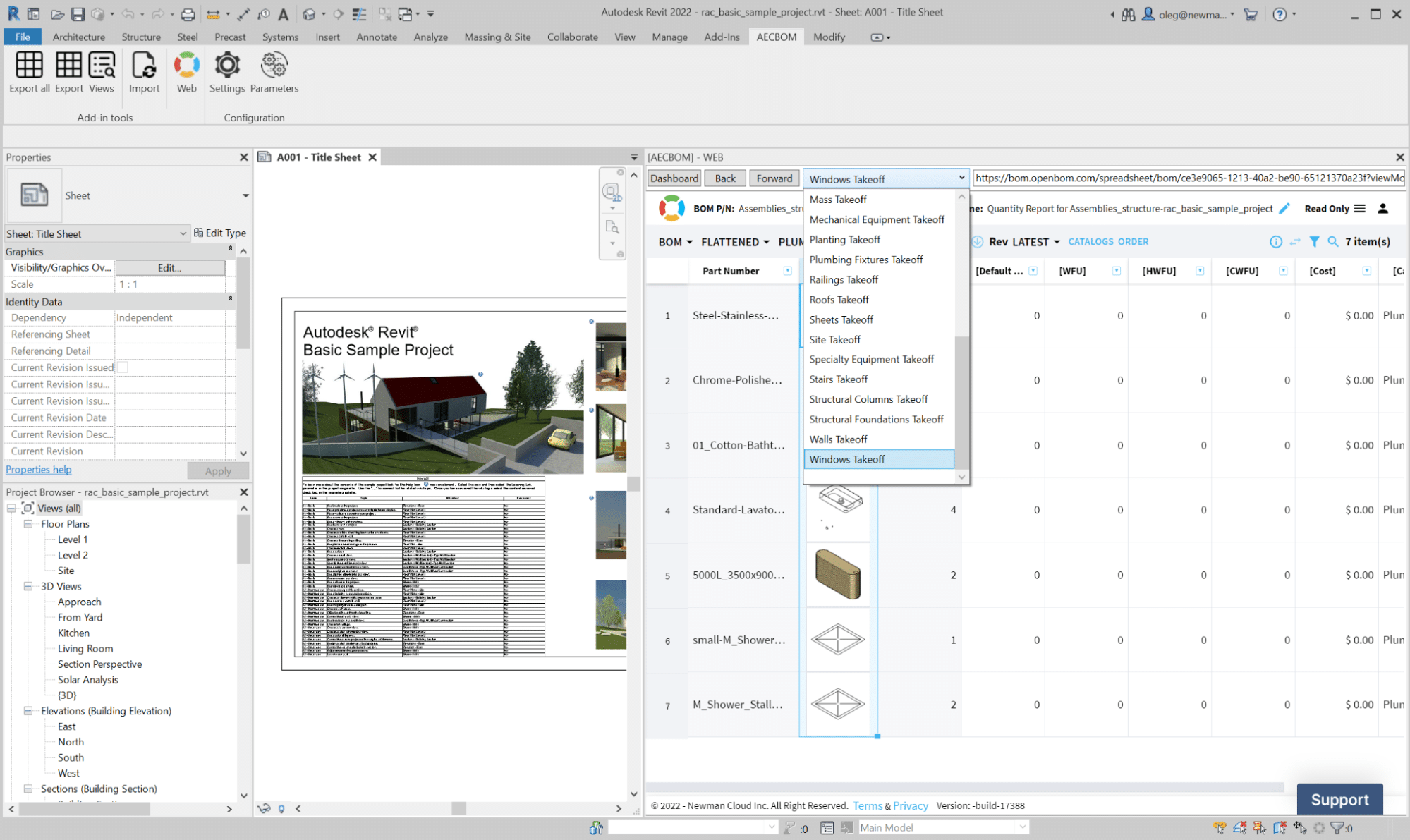
After selecting a specific project and takeoff, the user will see the exact list of Revit objects. For example, in the picture below, “Doors Takeoff” is presented.
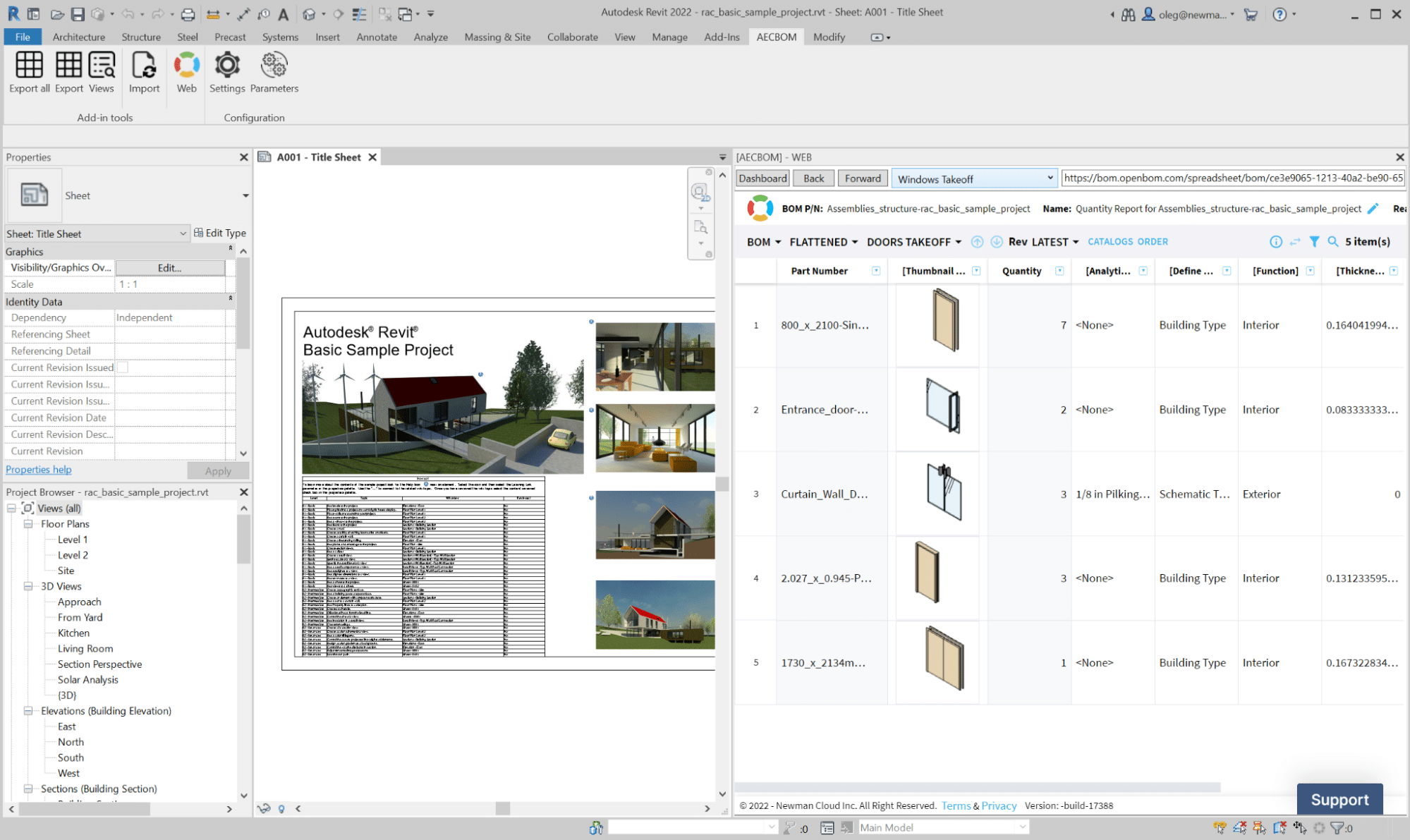
Video Demo
In the video below you can watch how embedded browser and task-driven specific user interface can be used in Autodesk Revit.
Conclusion
At OpenBOM, we’re continuously innovating by developing seamless integrations with engineering environments and design systems. The purpose of the new embedded browser user interface is to increase productivity and usability of OpenBOM CAD Add-ins and to allow engineers to work seamlessly with the data in both data management environments and CAD systems. New large wide screen monitors coming to engineering workspaces allow to stretch CAD user interface and put an embedded data environment into the CAD design frame. The embedded browser UX will first be introduced in OpenBOM for Autodesk Revit and later will become available in all other integrations such as SolidWorks, Autodesk Inventor, and Solid Edge and also will improve what we do with Onshape and Autodesk Fusion 360 user experience. Stay tuned for more information to come.
REGISTER FOR FREE to check how OpenBOM can help you and your team today.
Best, Oleg
Join our newsletter to receive a weekly portion of news, articles, and tips about OpenBOM and our community.







